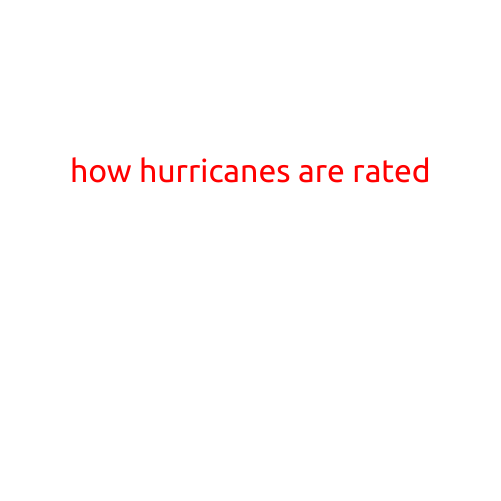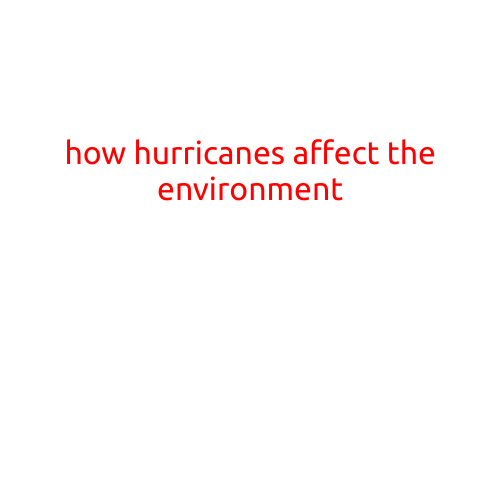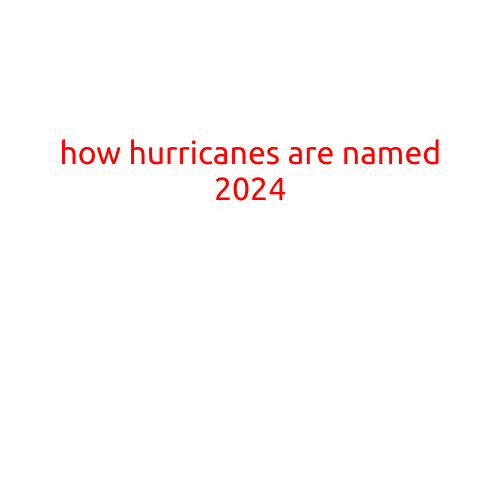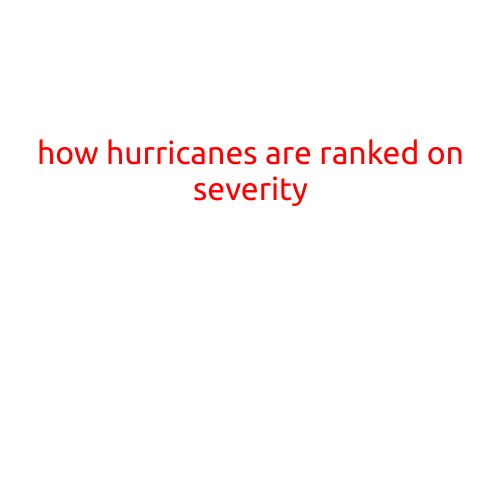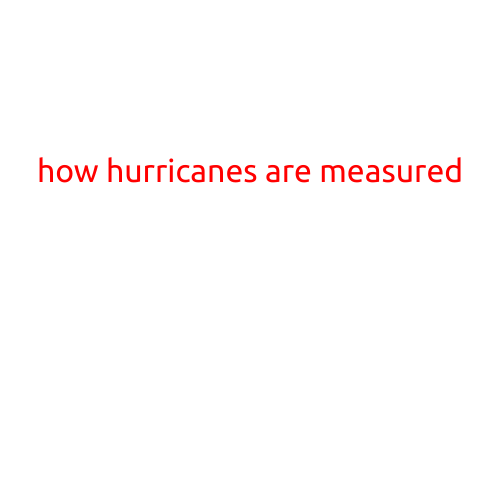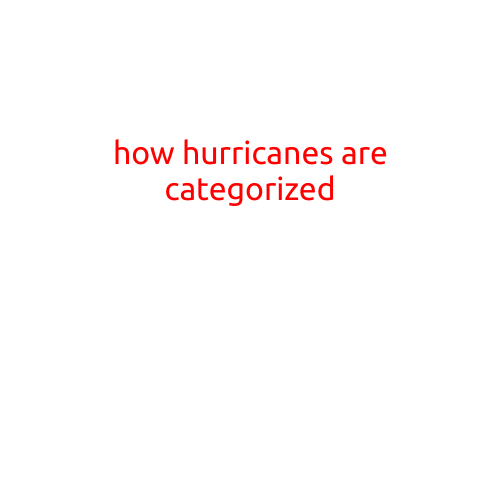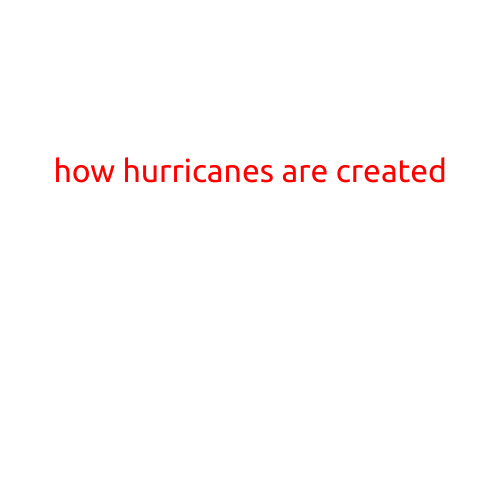
How Hurricanes Are Created
Hurricanes are powerful tropical cyclones that form over the warm waters of the Atlantic Ocean, the Caribbean Sea, and the Gulf of Mexico. These storms can bring catastrophic winds, rainfall, and flooding to coastal communities, causing significant damage and loss of life. But have you ever wondered how these massive storms are created?
The Perfect Storm
Hurricanes are fueled by the warm waters of the ocean, which are heated by the sun. When the sea surface temperature reaches at least 26.5°C (80°F), the perfect conditions are created for a hurricane to form. This warm water heats the air above it, causing it to rise and create an area of low pressure near the surface. As the air rises, it cools, condenses, and forms clouds. This process is known as the “rapid intensification” phase.
The Role of Wind and Distance
As the area of low pressure develops, the wind above it begins to rotate due to the Coriolis effect, a phenomenon caused by the Earth’s rotation. The rotation of the wind creates a spiral pattern, with the eye of the hurricane at the center. The distance from the equator also plays a crucial role in the formation of hurricanes. Hurricanes can only form within 20° of the equator, where the Coriolis effect is strong enough to create the necessary rotation.
The Moisture Factor
Moisture is another crucial factor in the formation of hurricanes. The warm ocean waters evaporate moisture into the air, which creates a “moisture-rich” environment. This moisture is necessary for the storm to develop and sustain itself. When the moisture-laden air rises, it cools, condenses, and forms clouds, which create the precipitation and heavy rain associated with hurricanes.
The Low-Pressure System
The low-pressure system at the center of the hurricane is what drives the storm’s rotation. This low-pressure area is created by the heat and moisture from the ocean, which causes the air to rise rapidly. As the air rises, it creates a void in the atmosphere, which is filled by air from surrounding areas. This creates a continuous cycle of rising air, resulting in the formation of a hurricane.
The Eyewall and the Eye
The eyewall is the area of the hurricane where the strongest winds occur. This is due to the fact that the winds around the edge of the storm are being squeezed together, creating a narrow channel where the winds can reach speeds of over 250 km/h (155 mph). The eye is the calm central area of the hurricane, where the winds are relatively calm and the skies are clear. This is due to the fact that the eye is at the center of the low-pressure system, where the winds are not strong enough to cause significant rotation.
Conclusion
In conclusion, hurricanes are created when the perfect combination of warm ocean waters, moisture, and wind come together to form a tropical cyclone. The Coriolis effect, the role of distance, and the low-pressure system all play crucial roles in the formation of these powerful storms. Understanding the process of how hurricanes are created can help us better prepare for and respond to these powerful natural disasters.
